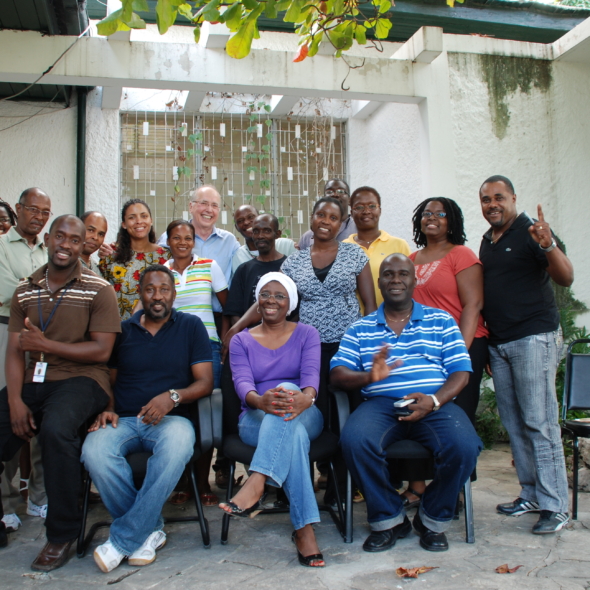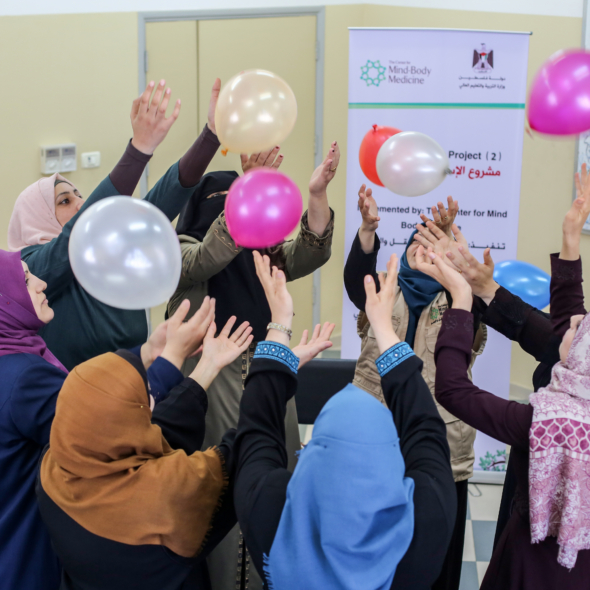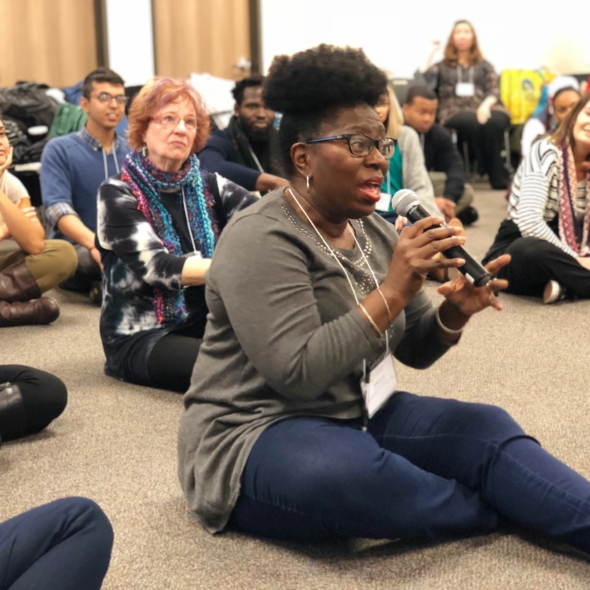This PTSD Awareness Day, we’re sharing some research that backs up what we know from 30 years of sharing our model in communities around the world: Together, we can hope and we can heal. For people living with PTSD and traumatic stress, believing in the possibility that things can get better can be an important step in the healing journey. It can help to know a few things:
- You’re not alone. Isolation is a common response to trauma, which is a particular challenge, because social connection is a vital part of healing. There are many reasons people may isolate: a natural reluctance to trust others after a traumatic experience, social stigma, or worries about being a “burden” to others. All this can add up to feeling alone in your struggle. But even if people don’t talk openly about the disruptive impacts of trauma on their lives, the research tells us that you’re not alone. The global lifetime prevalence of posttraumatic stress disorder (PTSD) is 3.9%, based on WHO World Mental Health Surveys. In the U.S., it’s 6%. And it’s important to note that, due to stigma, cultural differences in how trauma and its impacts are perceived, and differences in access to screening, the actual numbers are very likely higher.
- Healing is possible. In a study based on the WHO Mental Health Surveys, researchers found that 89% of participants recovered from PTSD during the timeframe of the study, with 27% of cases remitting within 6 months, 50% within 24 months, and 77% of cases remit within 10 years. The study didn’t evaluate treatments, but evidence-based treatments can promote healing.
- Mind-body medicine can help. Papers in leading peer-reviewed, scientific journals document the efficacy of The Center for Mind-Body Medicine’s model with traumatized children, adolescents and adults. CMBM published the first randomized controlled trial of any intervention with war-traumatized children. In that and subsequent studies, CMBM’s group model has repeatedly reduced the percentage of children and adults who qualify as having Post-Traumatic Stress Disorder (PTSD) by 80% or more, with gains holding at 3- and 10-month follow ups. Published research also demonstrates statistically significant decreases in depression, hopelessness, anxiety, anger and sleep disturbance, and increases in mindfulness, self-efficacy, and quality of life.
If you’re looking for a way to take an active role in your own healing— addressing symptoms of PTSD, trauma in general, and/or stress, and building resilience—mind-body skills offer a practical, powerful approach.
We invite you to explore our free self-care resources, including the video-guided practices in Self Care Basics and a variety of practices and tools in our Mind-Body Resources library.


